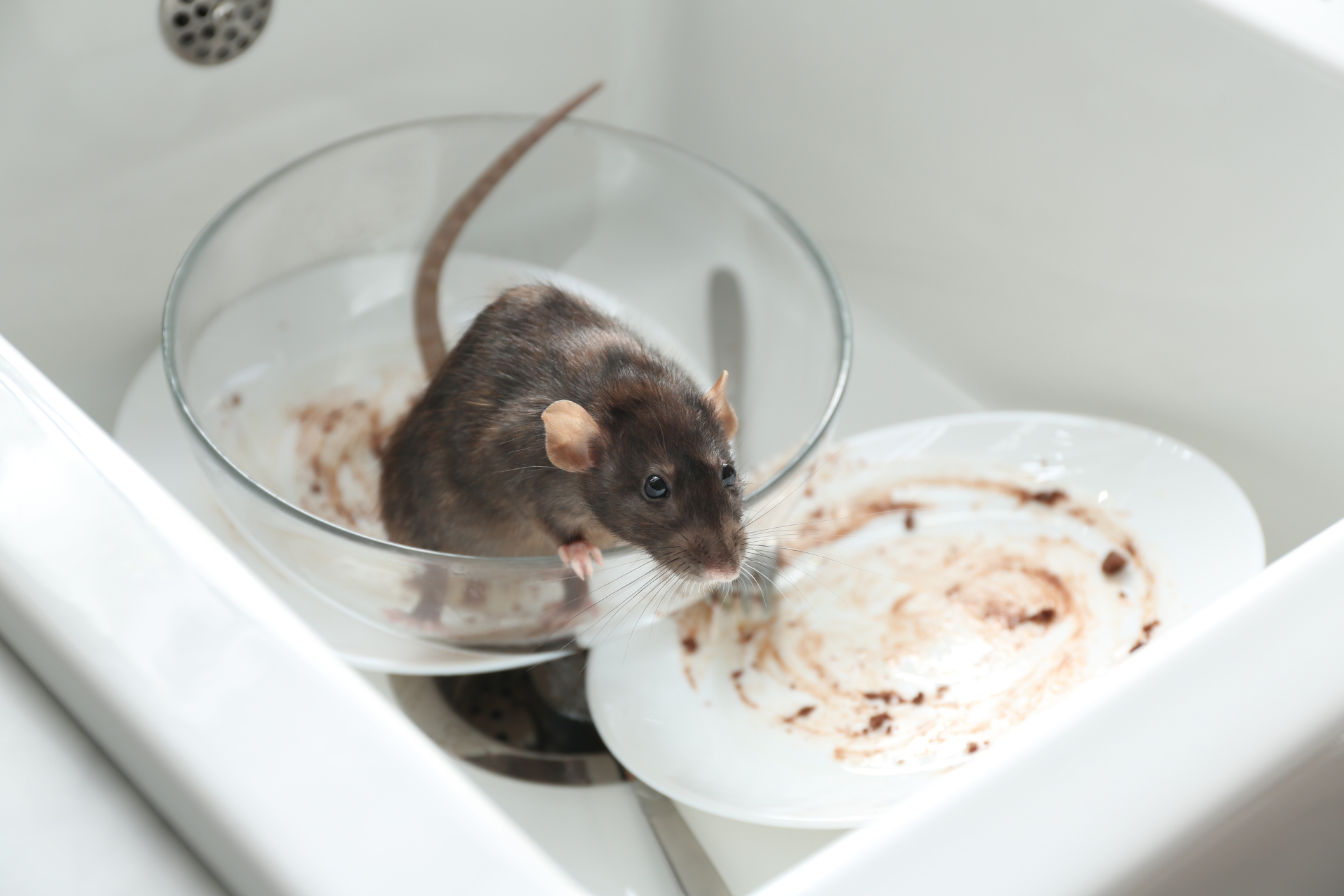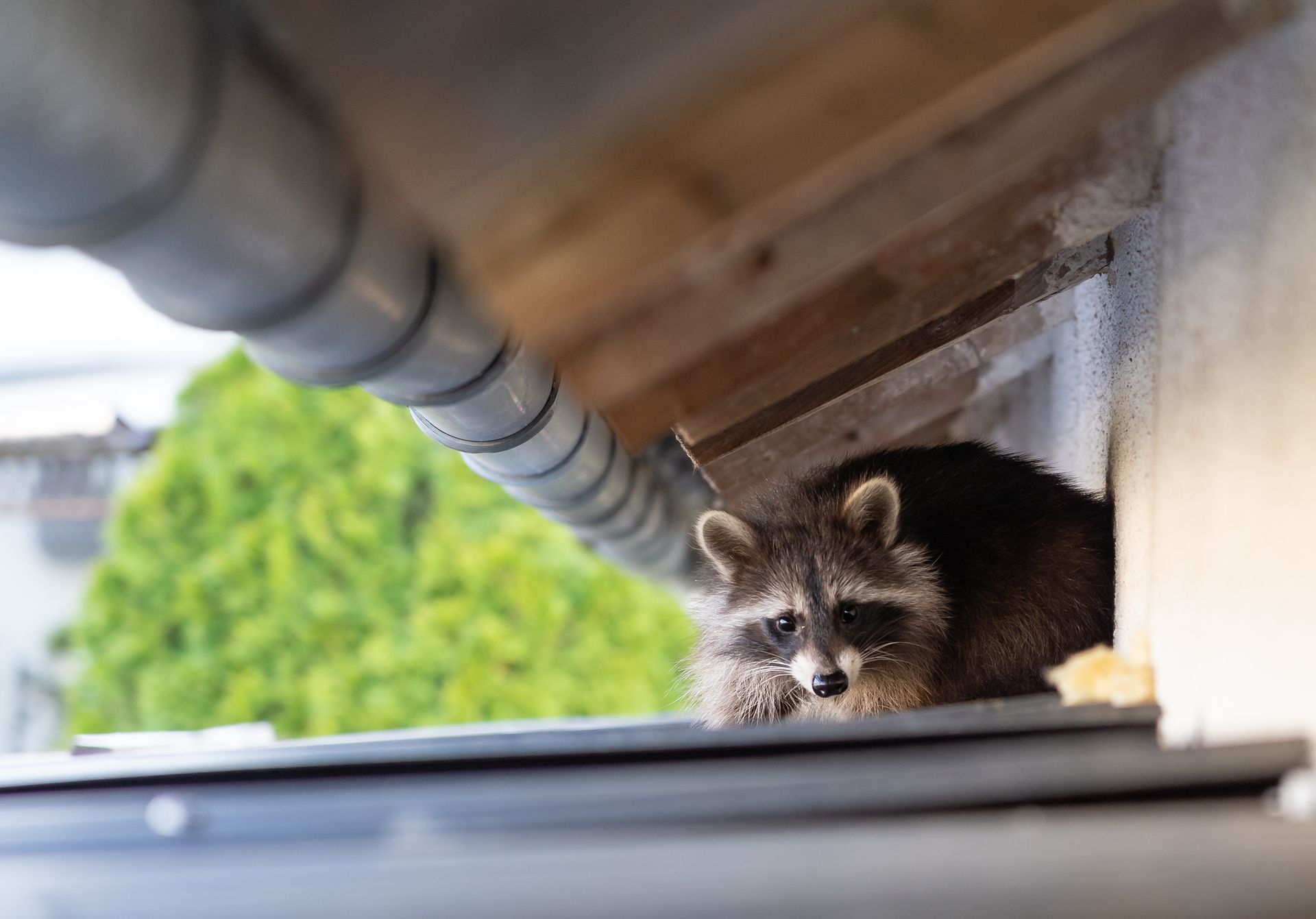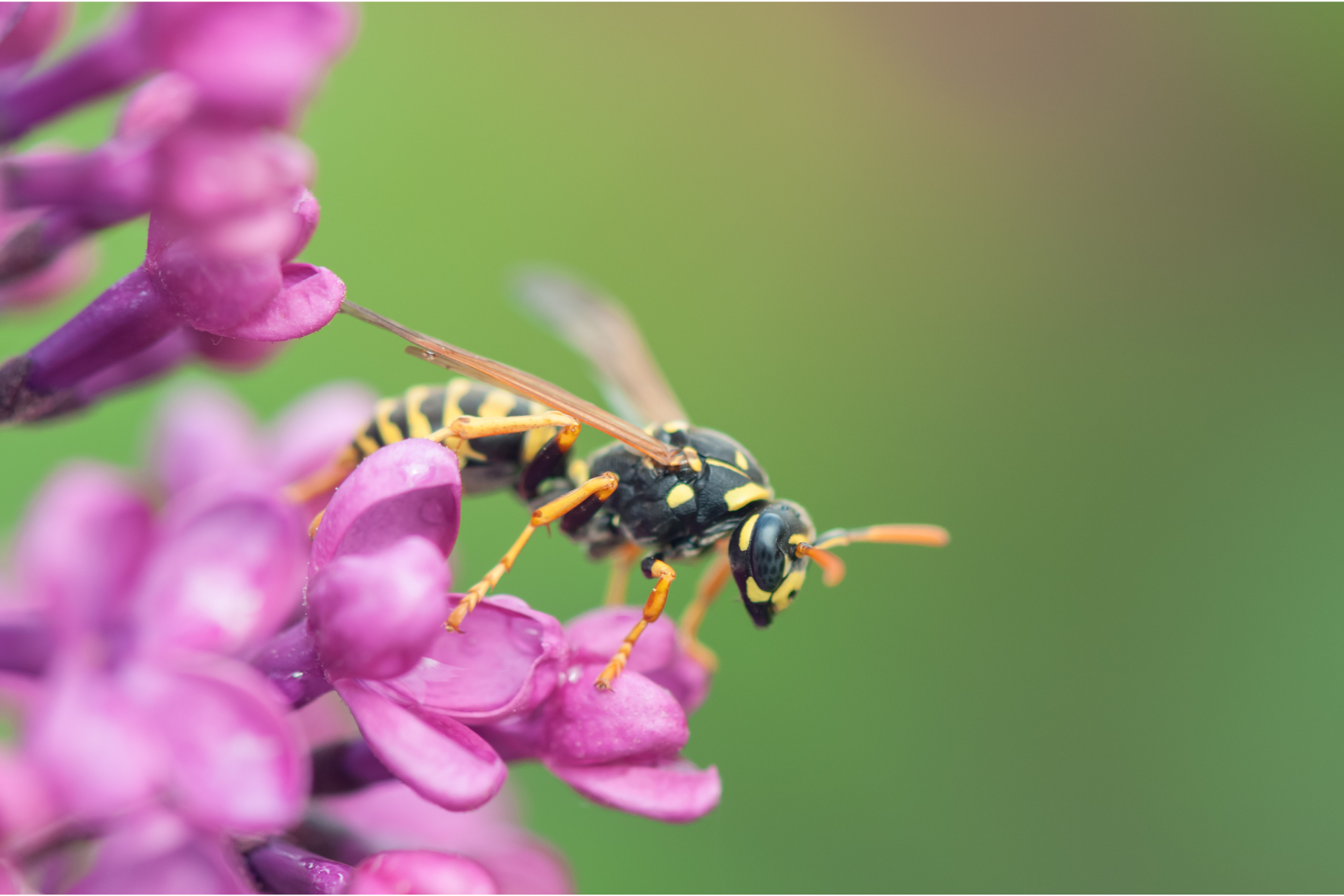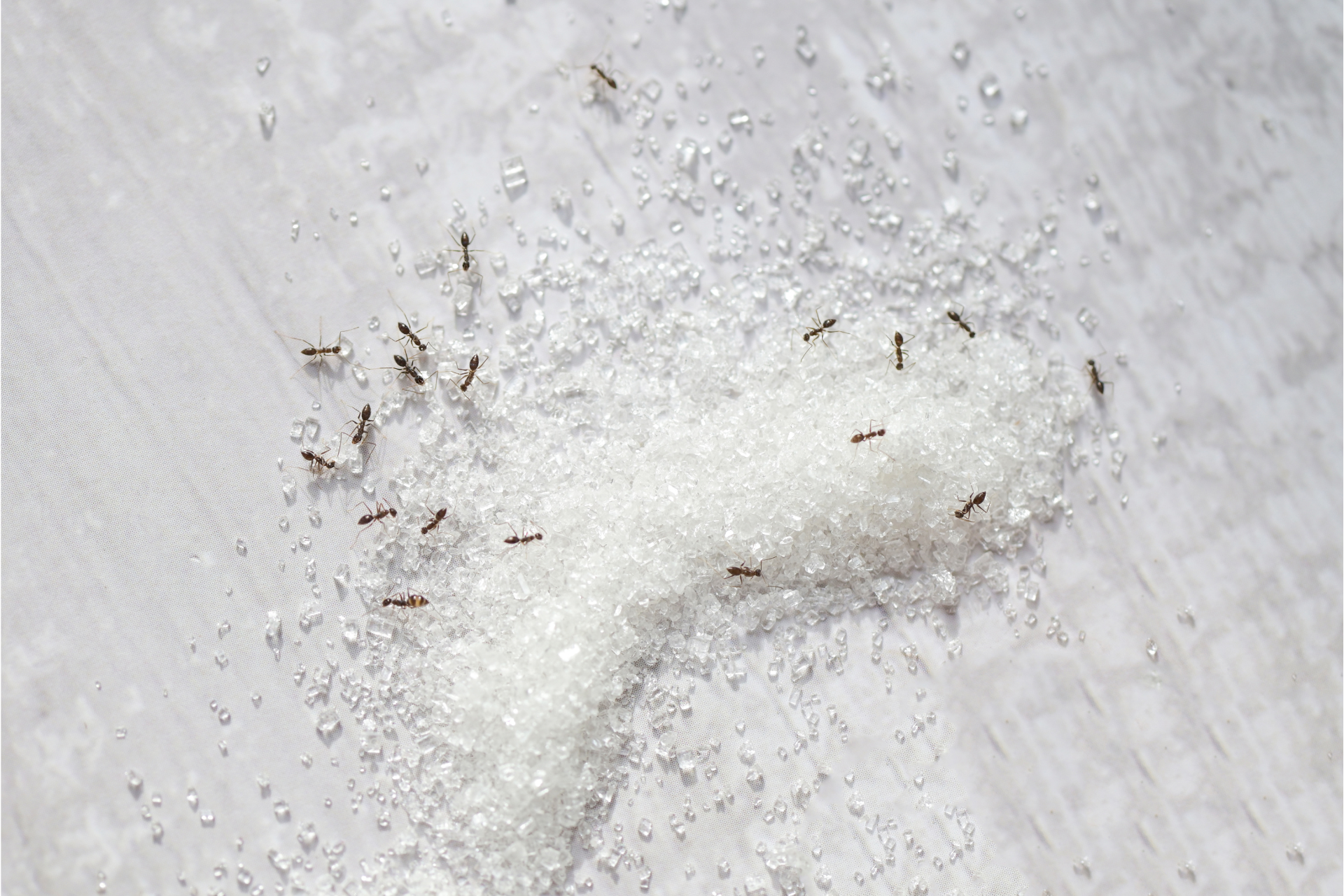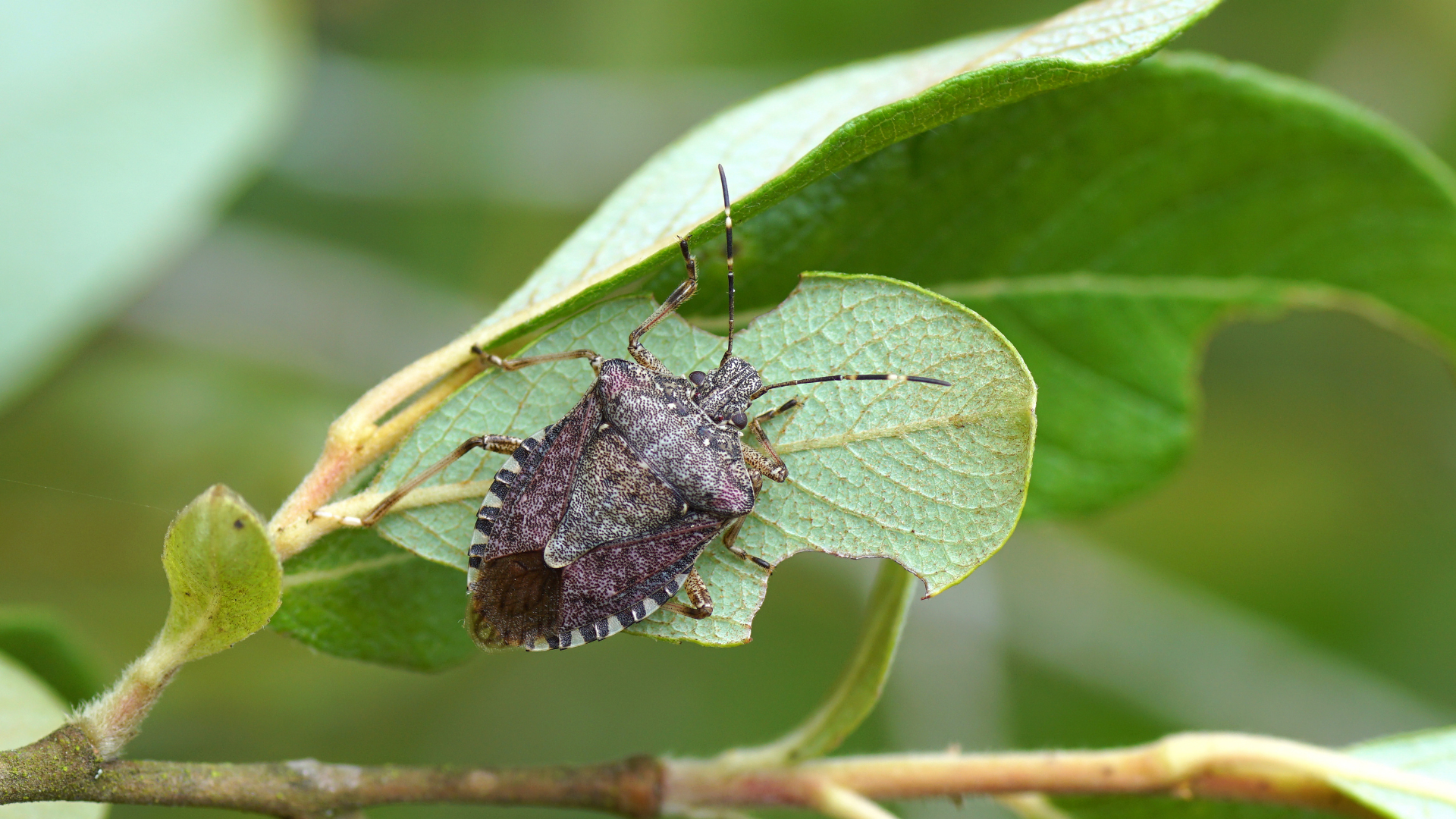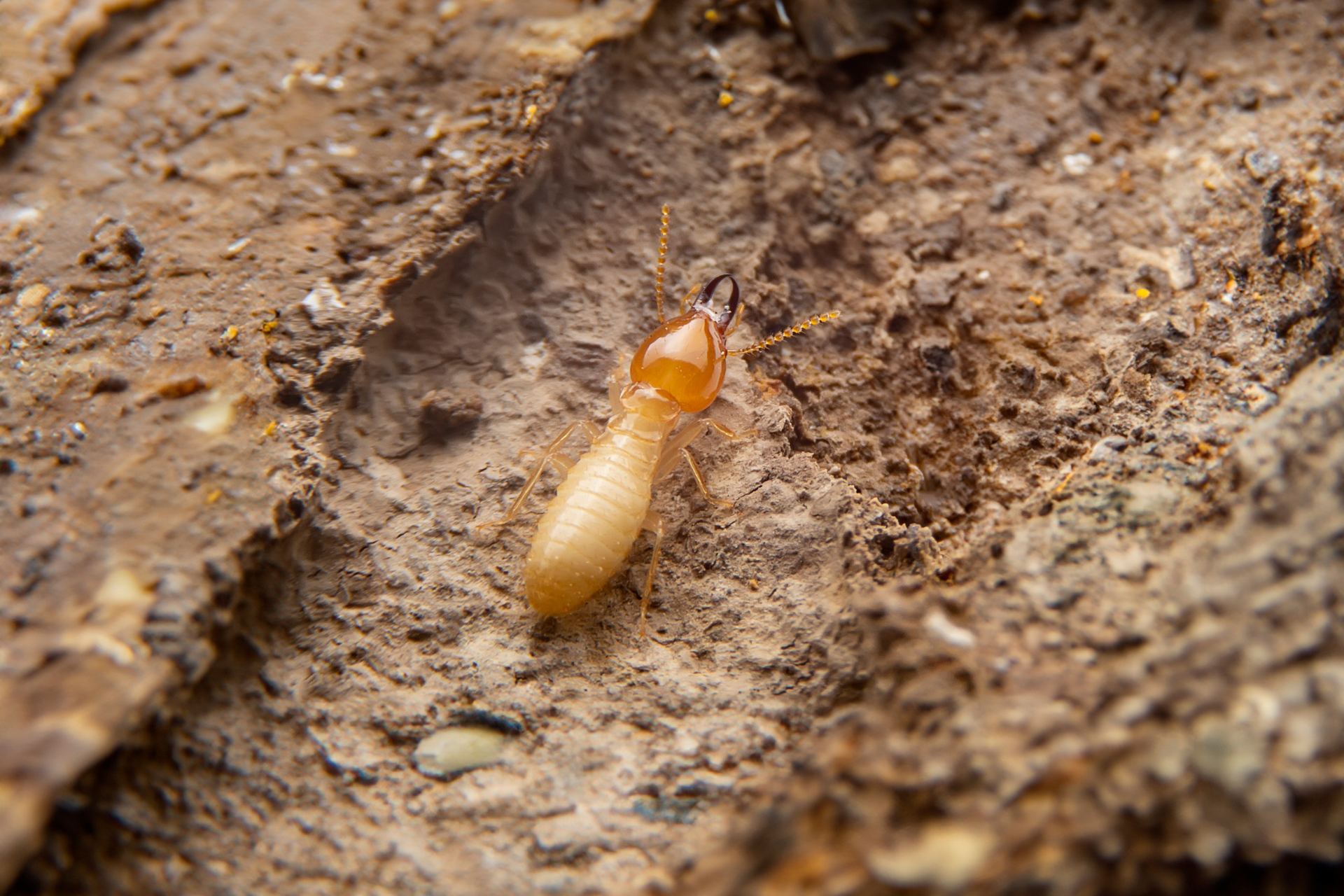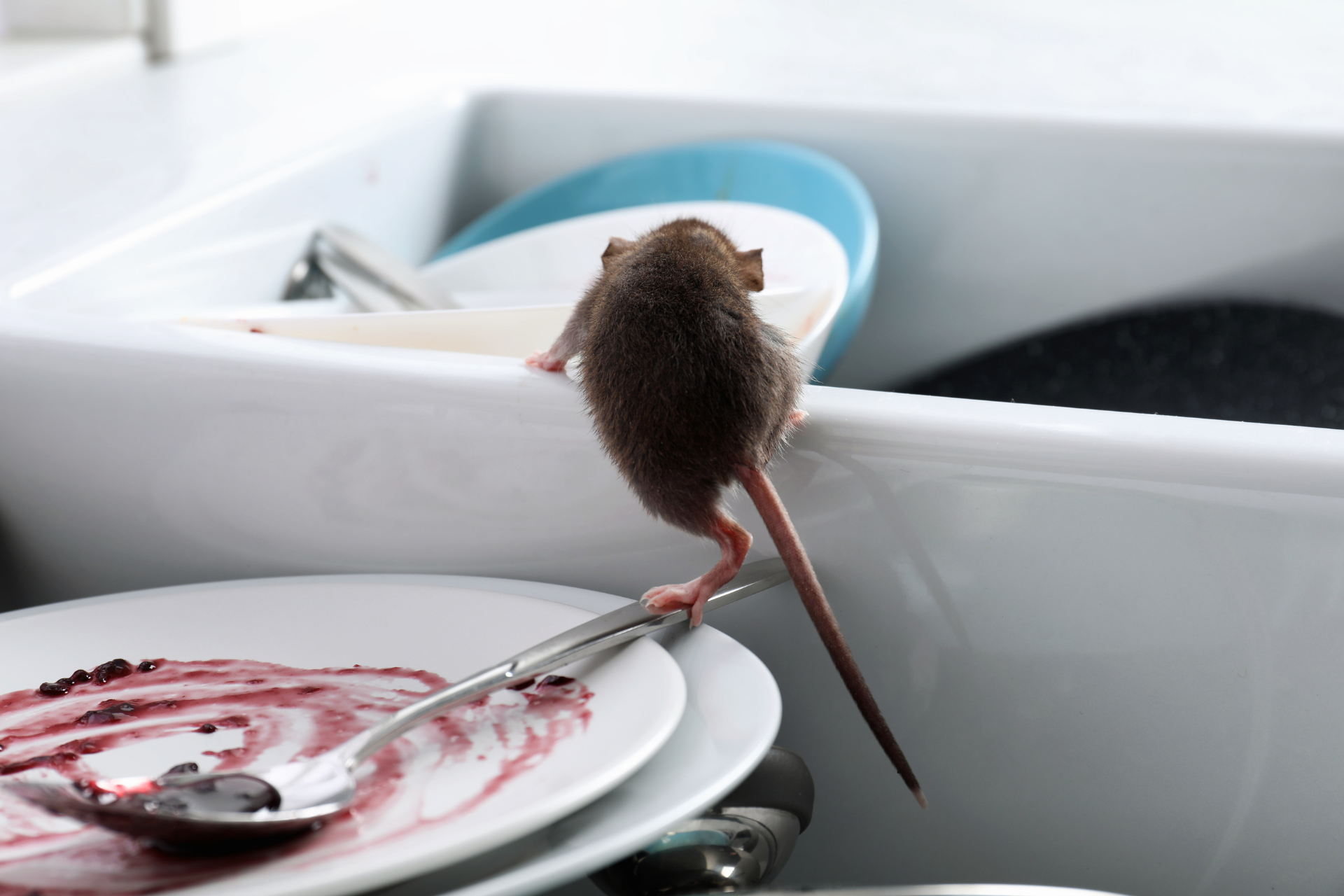Daily Practices That Reduce Cockroach Activity
Daily Practices That Reduce Cockroach Activity
Creating an environment that discourages pests begins with routines that seem simple on the surface but make a major difference when they’re done regularly. Cockroaches thrive in places where crumbs linger, moisture sits too long, and clutter gives them plenty of dark corners to hide in. When a home gradually builds up small pockets of debris or leftover food particles, these insects notice the opportunity right away. That’s why daily choices matter. A household that focuses on steady upkeep sends a message that pests won’t find what they’re searching for.
A tidy home isn’t expected to look spotless every minute, and the goal isn’t perfection. What truly matters is consistency. A quick wipe of a countertop, a few minutes spent clearing dishes, or making sure trash lids stay closed may feel minor, yet these actions take away the resources roaches rely on. They’re motivated by scent, moisture, and easy meals. Reducing these incentives leads them elsewhere, and that’s exactly what helps households avoid large infestations that can become difficult to manage.
Even small families or individuals may be surprised by how quickly insects detect a chance to move in. Cockroaches are attracted to the faintest smells. A forgotten spill under a toaster or a sticky patch near the stove can draw attention from pests that roam the exterior of a building. When regular cleaning becomes part of the daily rhythm, those tiny chances start disappearing. The goal is to build habits that deny these insects an excuse to settle inside.
Proper Food Storage Practices
Roaches don’t require large servings of food to survive. They’re perfectly fine with crumbs barely visible to the human eye, which makes proper storage extremely important. When food is kept in containers that seal tightly, the aroma is contained, and roaches are left without a reason to investigate. Loose bags, open boxes, and half-closed packages can send signals into the air that attract these insects drifting through cracks and gaps.
A kitchen benefits greatly from thoughtful organization. When ingredients are placed in airtight containers and kept off counters, it reduces the number of enticing scents floating around. Even fruit bowls can catch the attention of roaches if the produce begins to soften or release additional sweetness. Refrigerating what can be chilled and checking produce for signs of spoilage keeps the space less appealing to pests.
Another helpful habit is staying aware of where crumbs collect without being noticed. Behind small appliances, in the thin space between stove and counter, or inside utensil drawers, tiny bits of food can fall and remain untouched. Taking a few minutes each week to move appliances or wipe inside drawers prevents these overlooked spots from becoming long-term snack stations for insects.
Paying attention to pet food also has a noticeable influence. Many homeowners don’t think about the bowl in the corner because it’s not human food. Roaches see it differently. If the bowl sits full throughout the day or if spilled kibble rests under a mat, cockroaches will treat it just like any other food source. Adjusting feeding routines so the bowl isn’t left out for long stretches can limit that attraction.
When storage habits improve, households often notice fewer signs of insects trying to sneak in. It becomes harder for roaches to follow scent trails, and without those hints guiding them inside, they typically move along to look for an easier target. Maintaining these storage habits introduces long-term benefits, helping keep the kitchen an unfriendly environment for any intruders.
Habits That Reduce Hiding Spots And Moisture
Besides food, roaches count on moisture and quiet spaces to survive. Leaks under sinks, condensation around pipes, or a damp towel left on the floor turns into an invitation. These insects rely heavily on water, even more than many people realize. Minor plumbing issues that go unnoticed may create pockets of dampness perfect for unwanted activity. Checking for drips regularly and fixing issues as soon as possible reduces one of the main resources they search for inside a home.
Ventilation also plays an important role in preventing roaches. A bathroom without steady airflow can hold humidity long after someone finishes a shower, and that lingering moisture encourages unwanted attention from nuisance creatures. Using fans, opening windows when the weather allows, and wiping surfaces can make a meaningful difference. The goal isn’t to eliminate every drop of moisture but to avoid giving pests a reason to gather in hidden areas.
Clutter offers something just as valuable to pests: shelter. Roaches navigate through shadows and narrow spaces where they feel concealed. Piles of magazines, stacks of cardboard, or a corner full of bags become perfect hiding areas. When clutter is reduced, these hiding zones shrink, and roaches lose the protection they depend on. Even storing items in sealed, smooth containers helps, because these surfaces don’t provide the same comforting texture they prefer.
A common misconception is that pests move into homes only when conditions are severe. In reality, they show up when they notice a pattern that makes survival easier. A crowded closet full of unused items or a garage with scattered boxes might not seem concerning at first glance. Yet these spaces offer exactly the kind of quiet shelter roaches seek. Tidying these areas up on a regular basis removes their options and keeps the home less appealing from top to bottom.
Even flooring can influence where the intruders gather. If crumbs fall between couch cushions or under rugs and no one checks those areas frequently, the insects will figure it out. Shaking out rugs, vacuuming beneath furniture, and paying attention to corners help to keep the home uninviting to pests. These actions may feel subtle, but together they create an environment with fewer hiding spots and fewer resources for pests.
Routines That Help Resist Intrusions
Homes that implement steady routines develop a natural advantage against pests. People often imagine pest prevention as something complicated, but many improvements come from reinforcing the habits already in place. When everyone in the household understands the value of wiping surfaces, storing food securely, and keeping clutter under control, roaches have difficulty finding reasons to stay inside.
Closing entry points adds another layer of protection. Small gaps in weatherstripping, unsealed openings around plumbing, or cracks along walls can serve as quick pathways for insects. Checking these areas periodically and repairing them as needed restricts access. Once those entrances become limited, roaches often skip the home entirely because the effort isn’t worth what they might find inside.
As a company committed to helping households maintain pest-free living conditions, we encourage anyone dealing with roaches in their home to lean on steady habits that limit food, moisture, and hiding spaces. These routines help your home become less appealing to pests and create a healthier environment from room to room. If you’re noticing signs of activity or want professional support, don’t hesitate to
contact us at Star City Pest Control today. We’ll be glad to take a closer look at your situation and provide solutions that are tailored to your needs.

